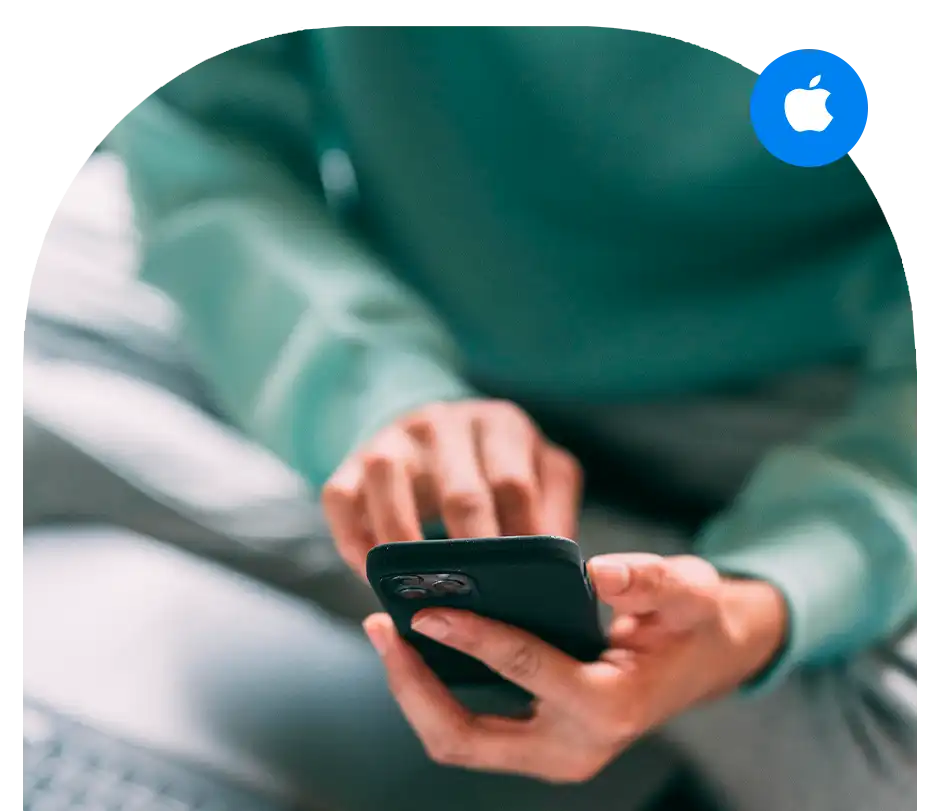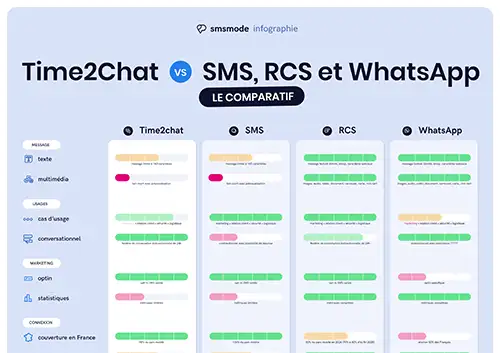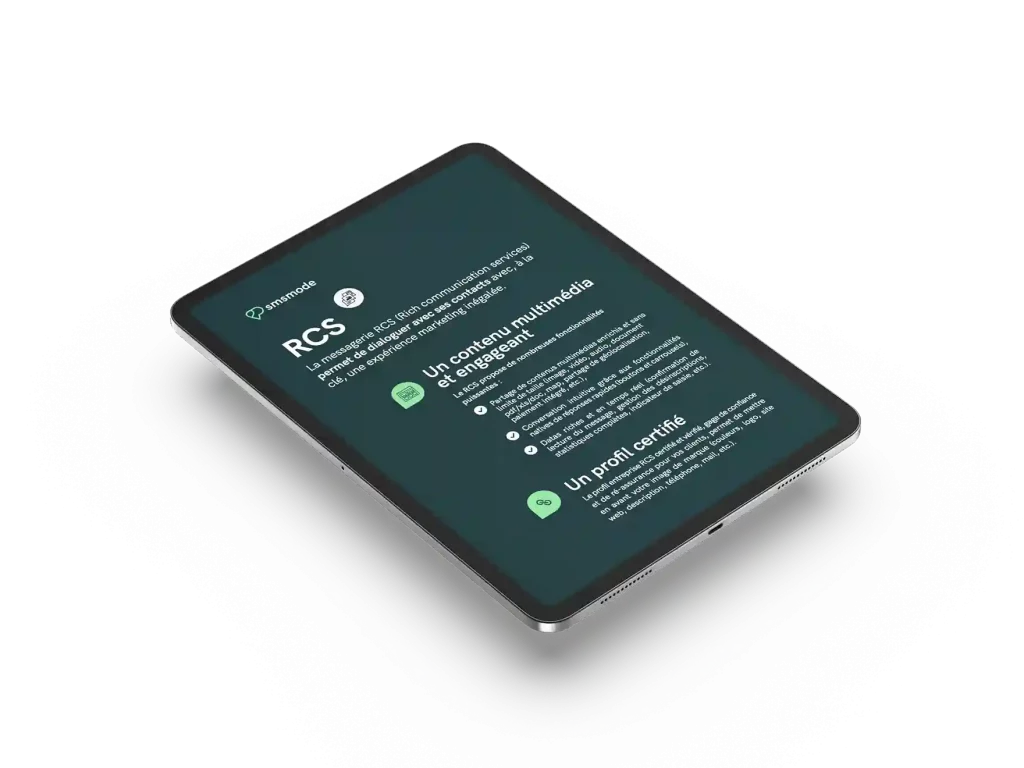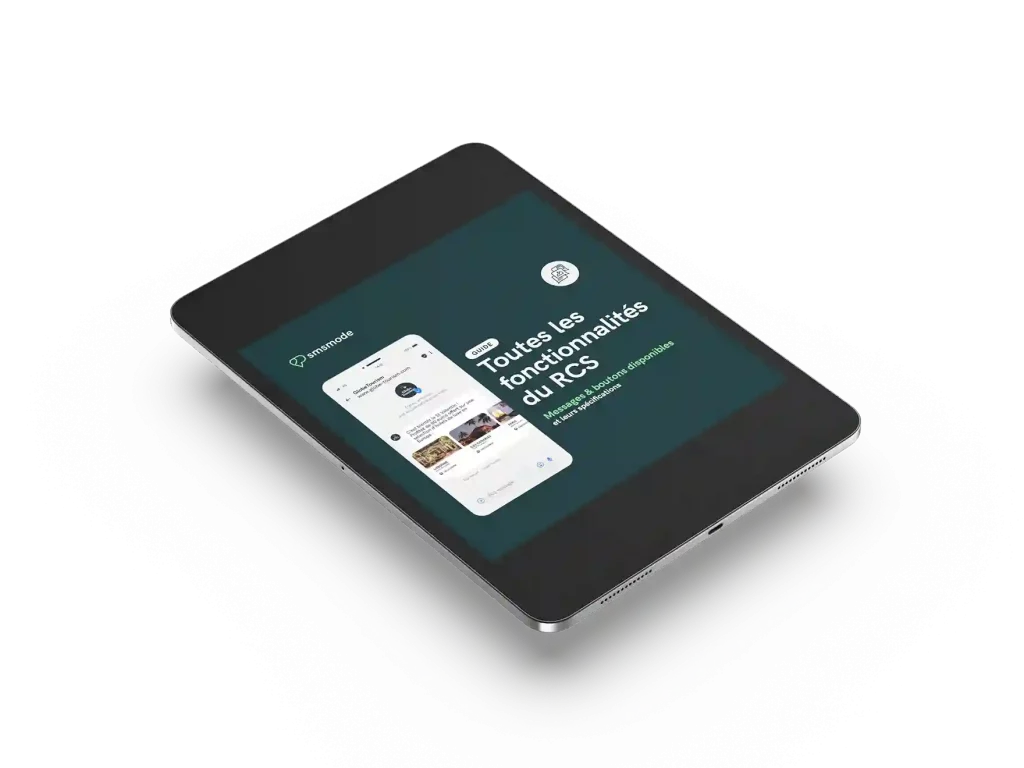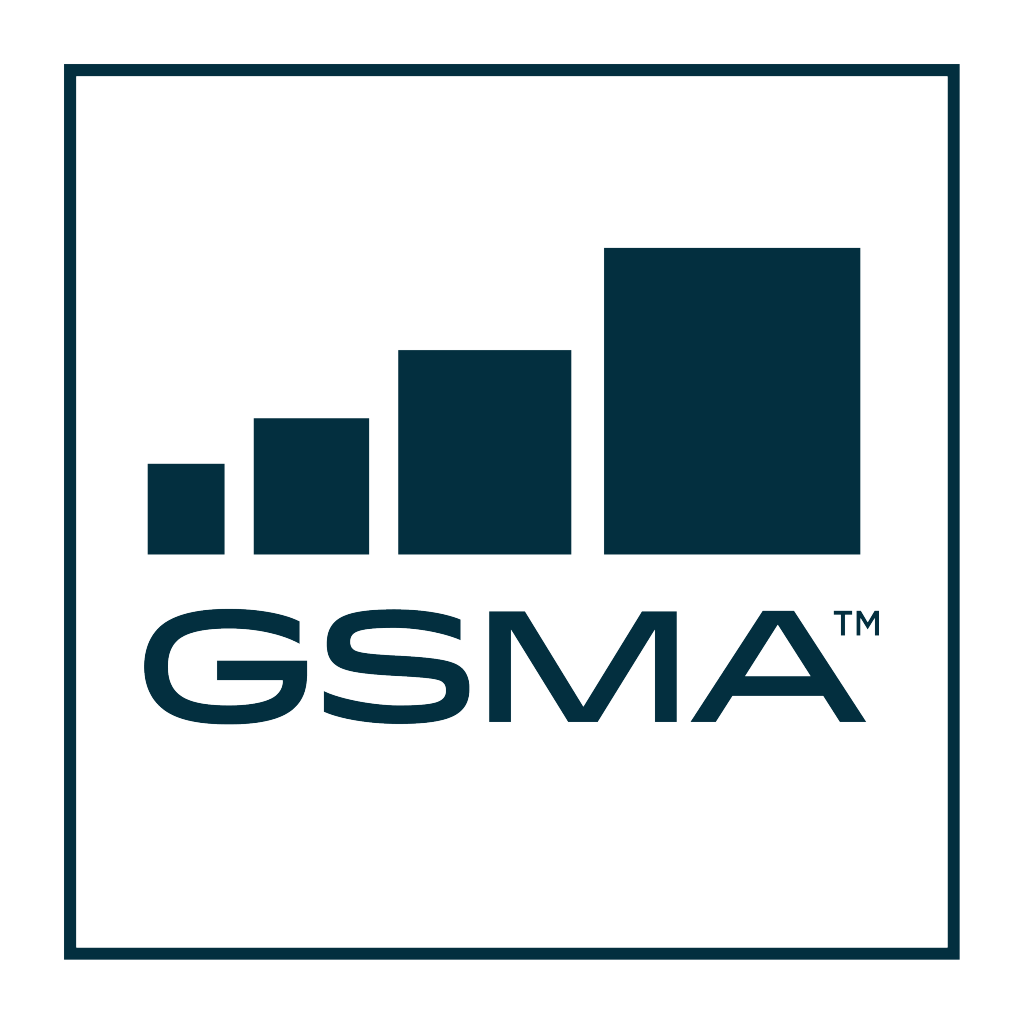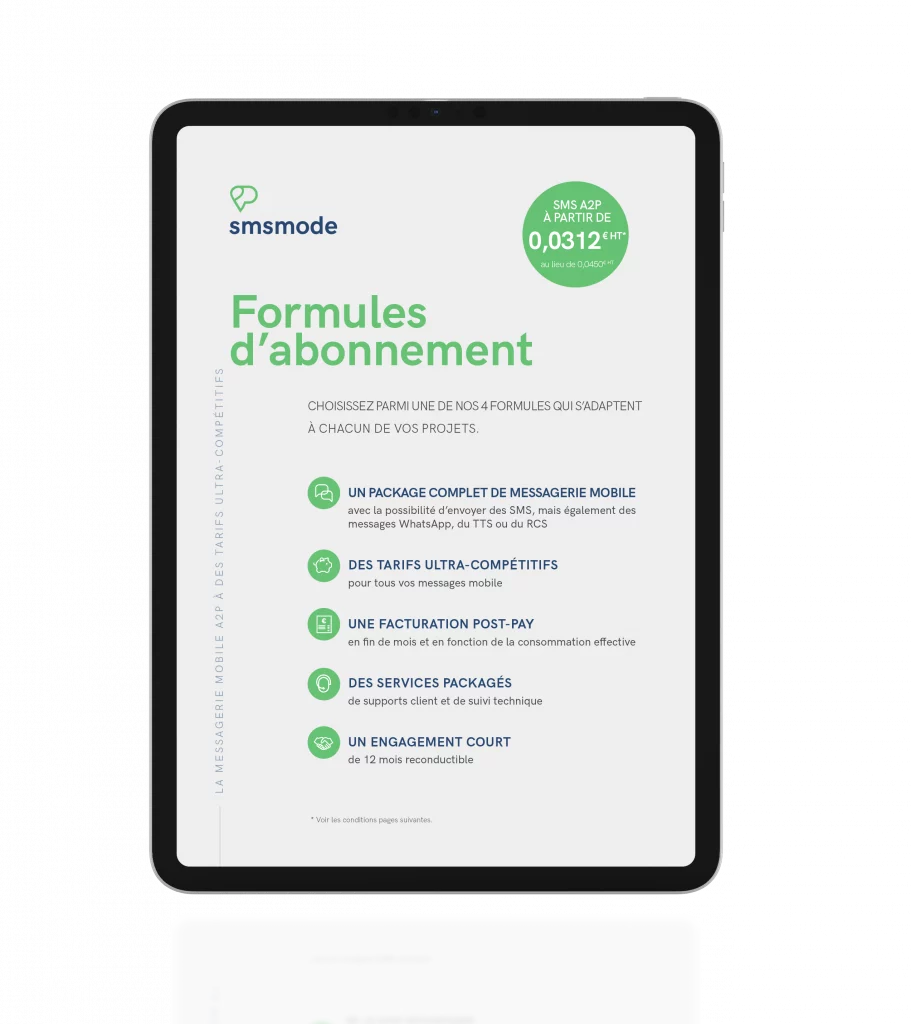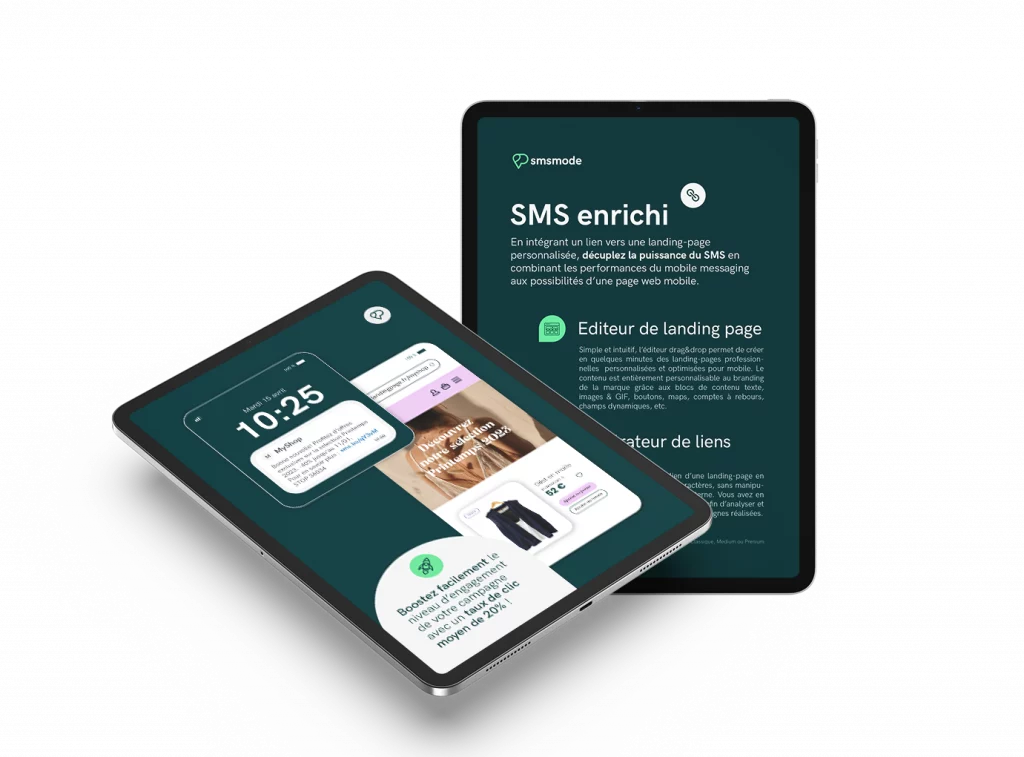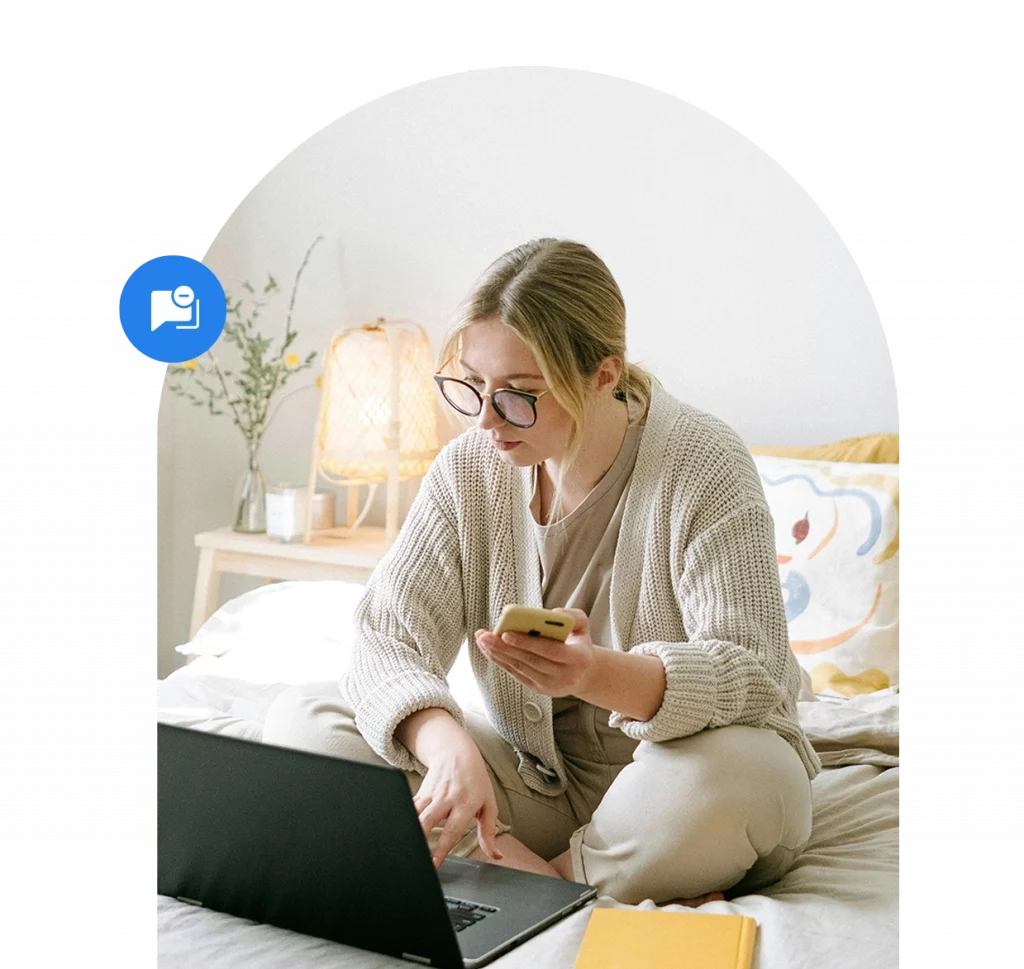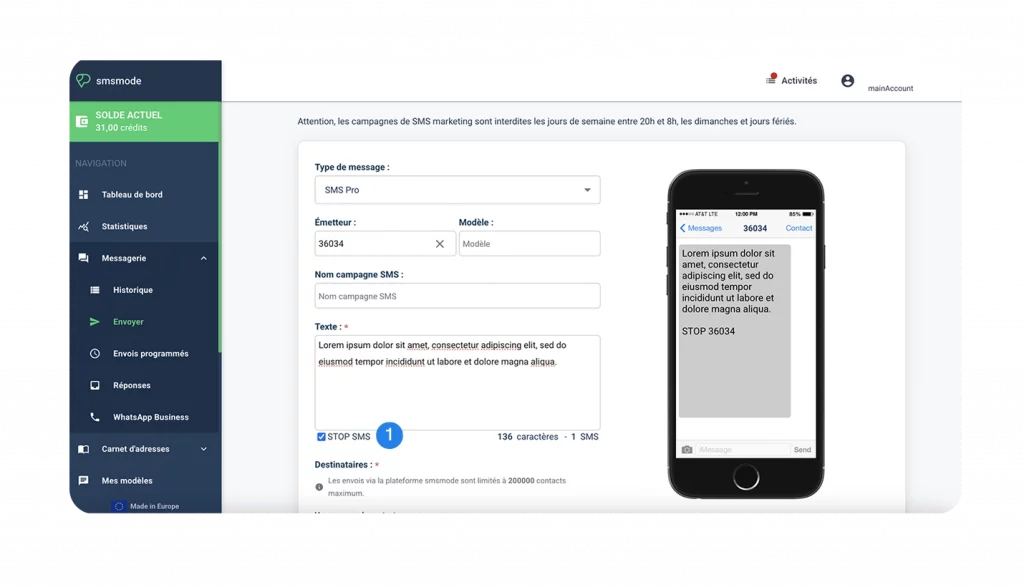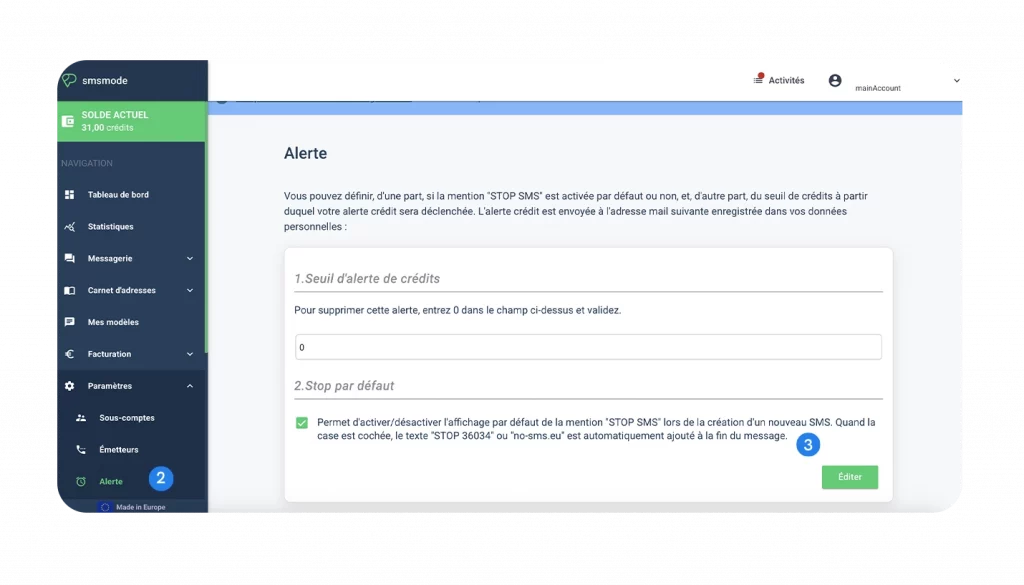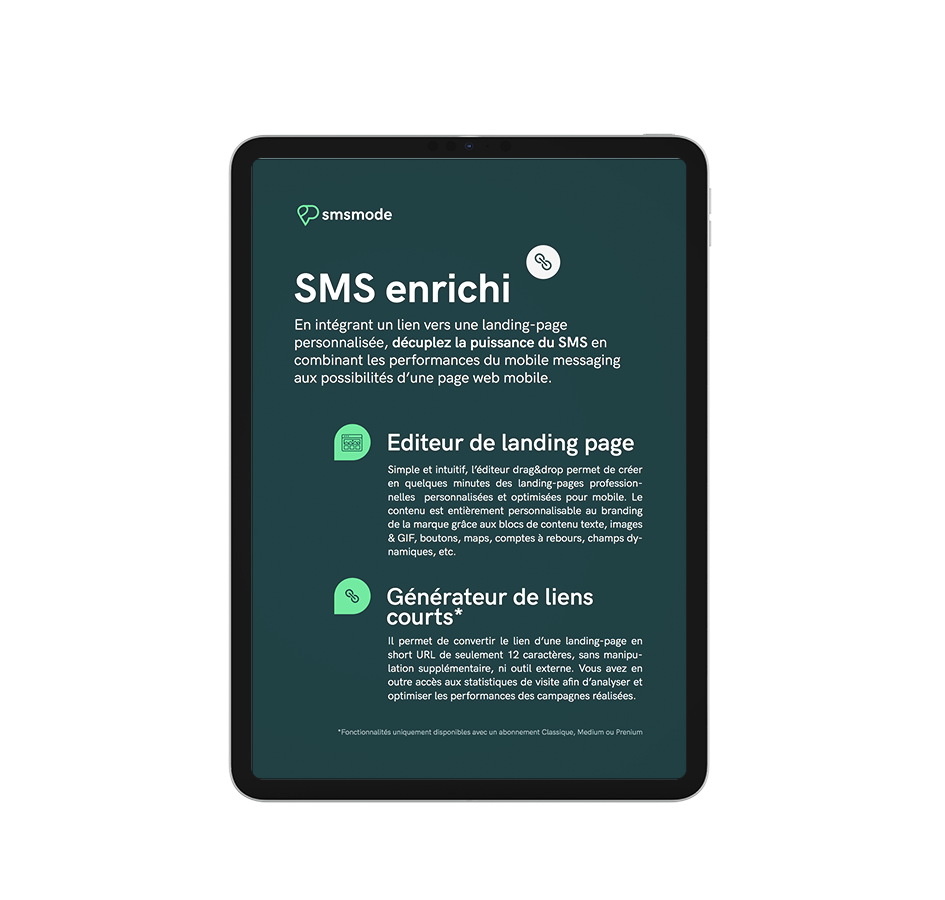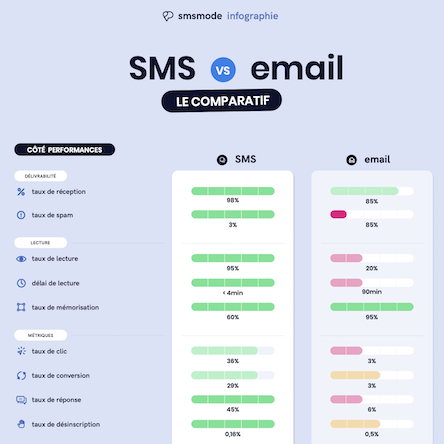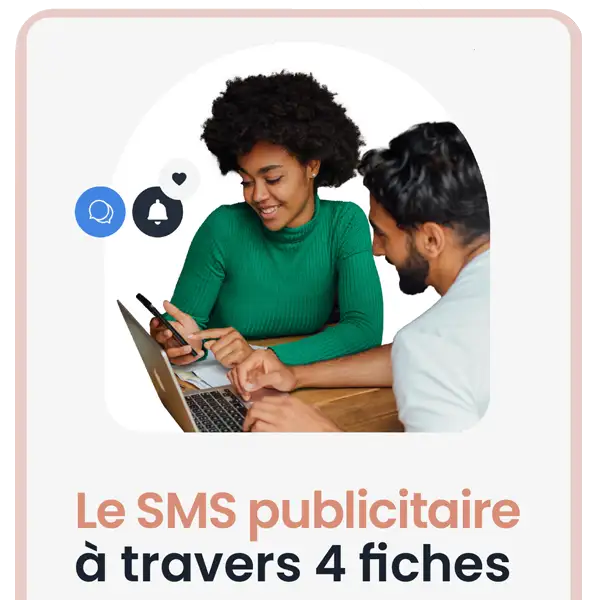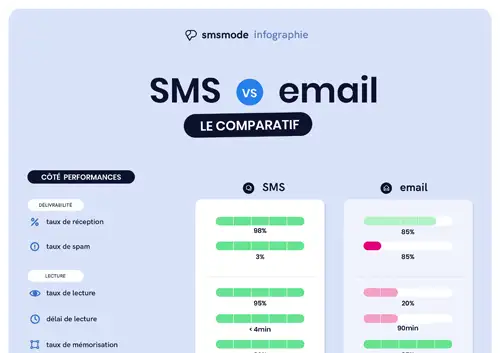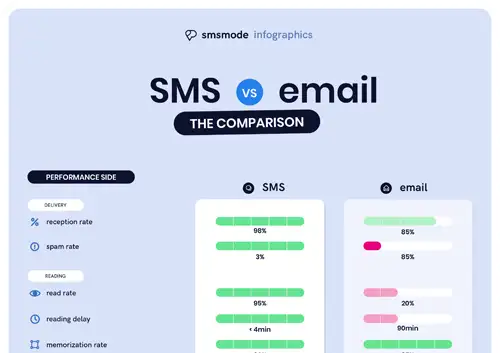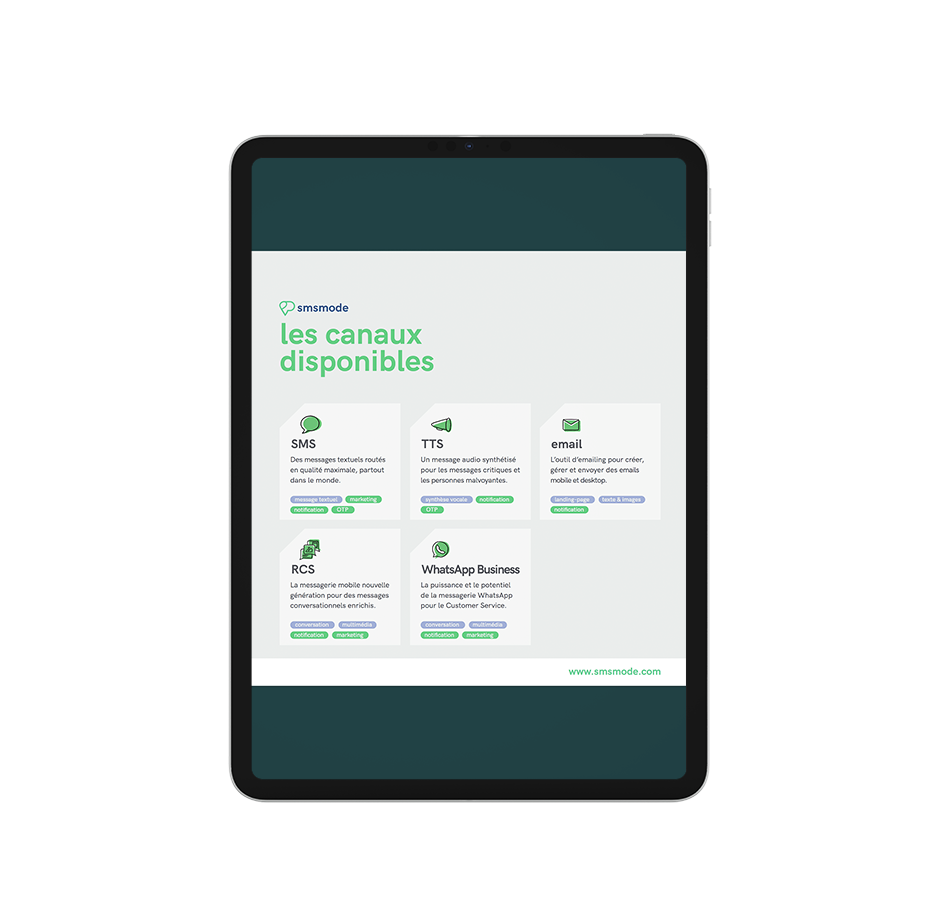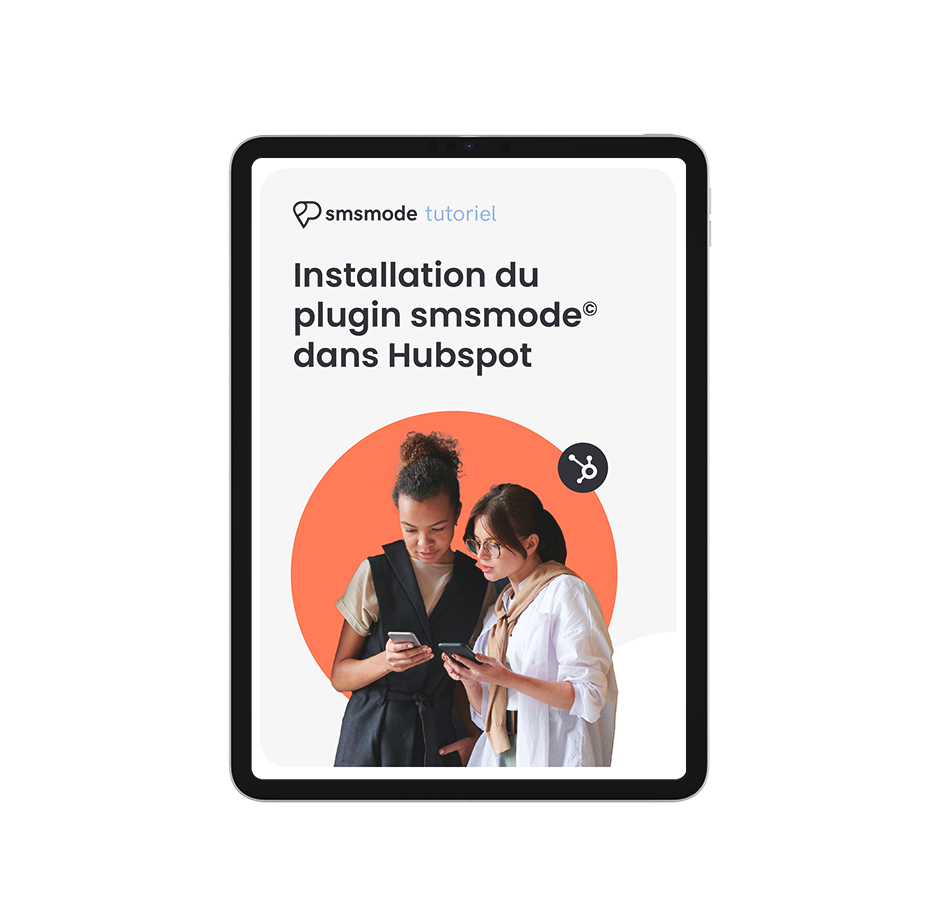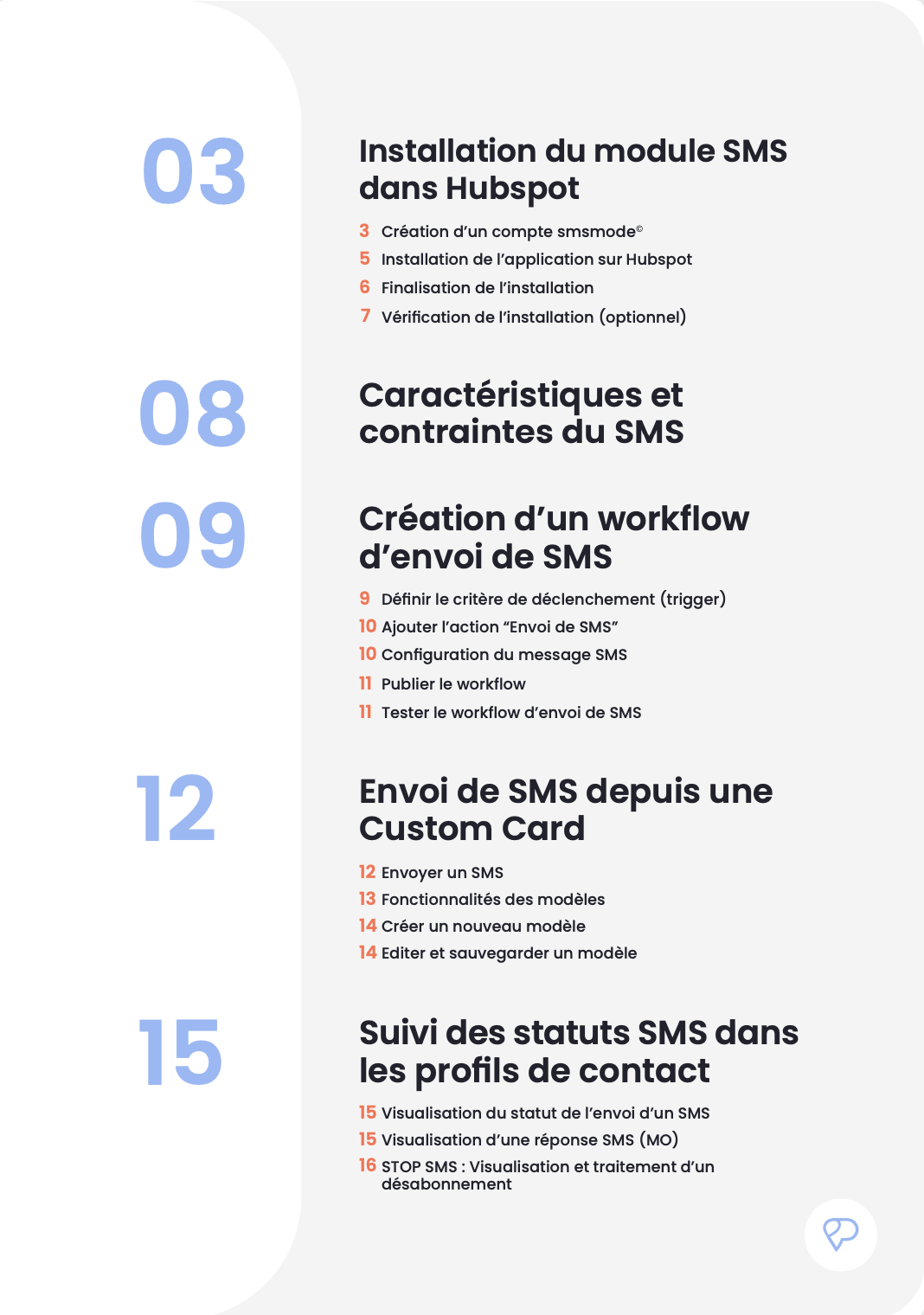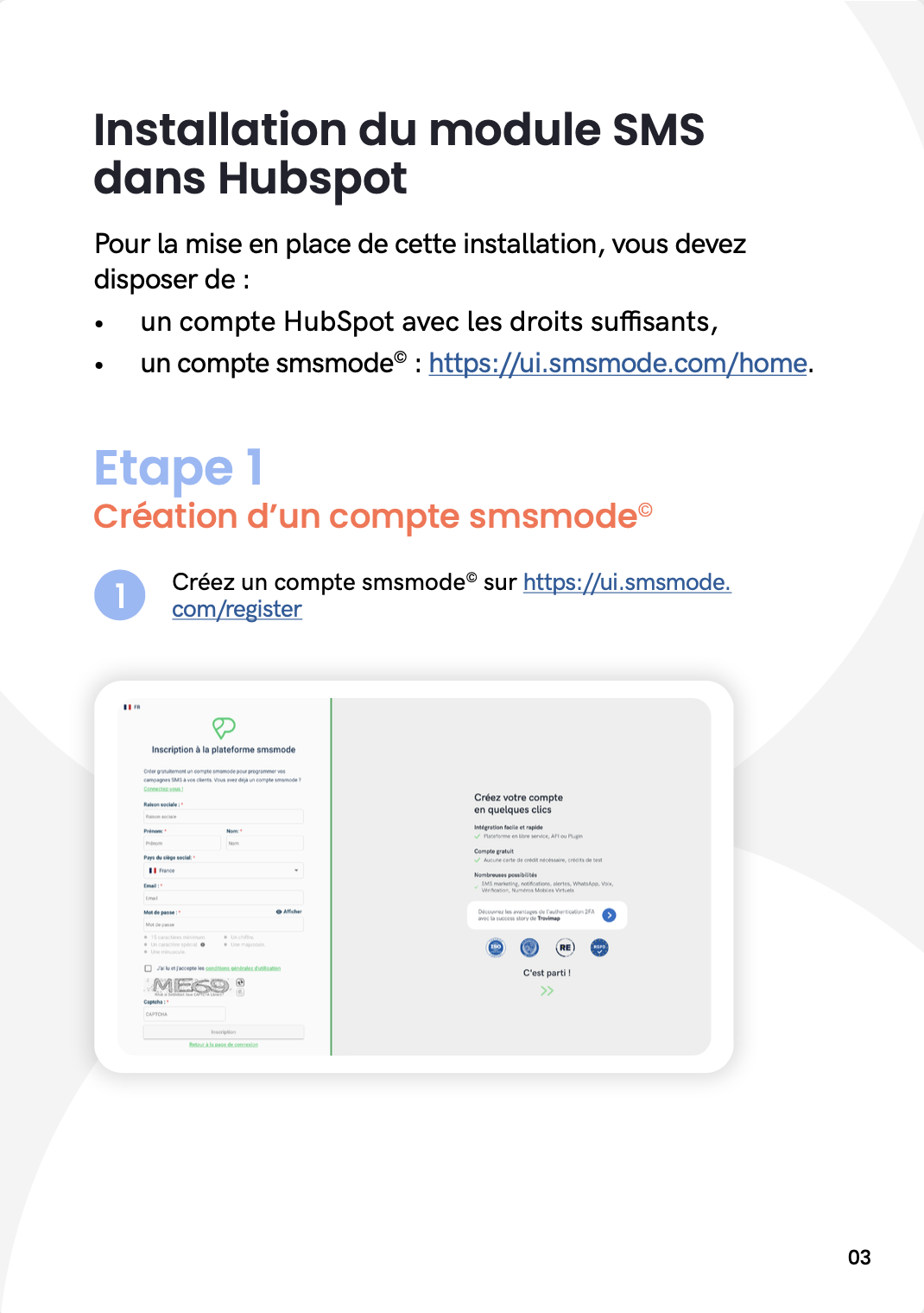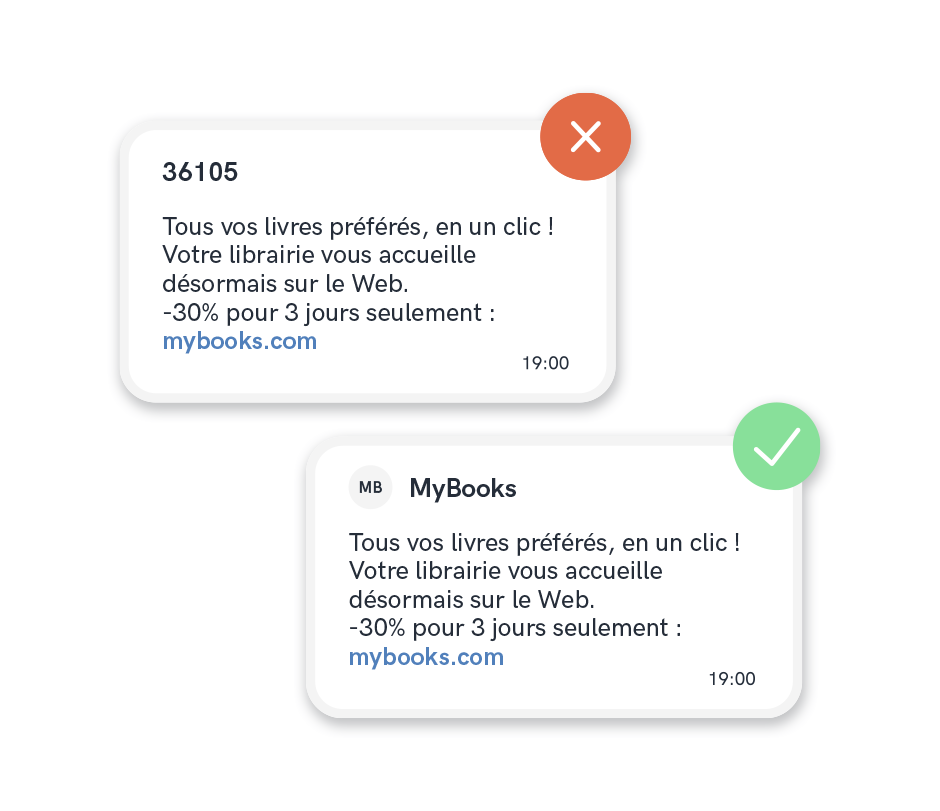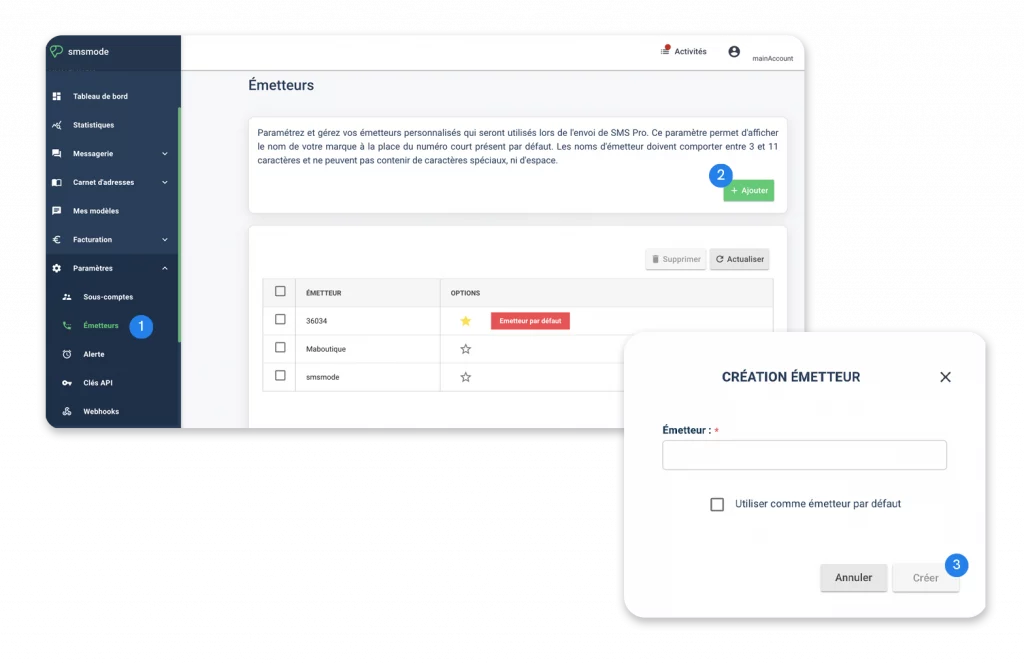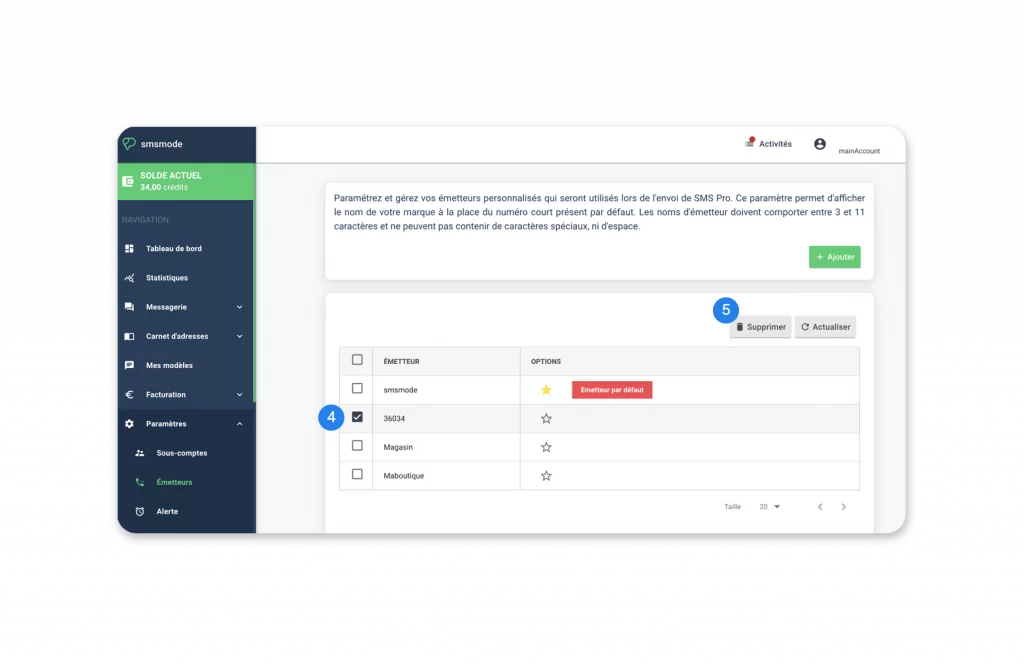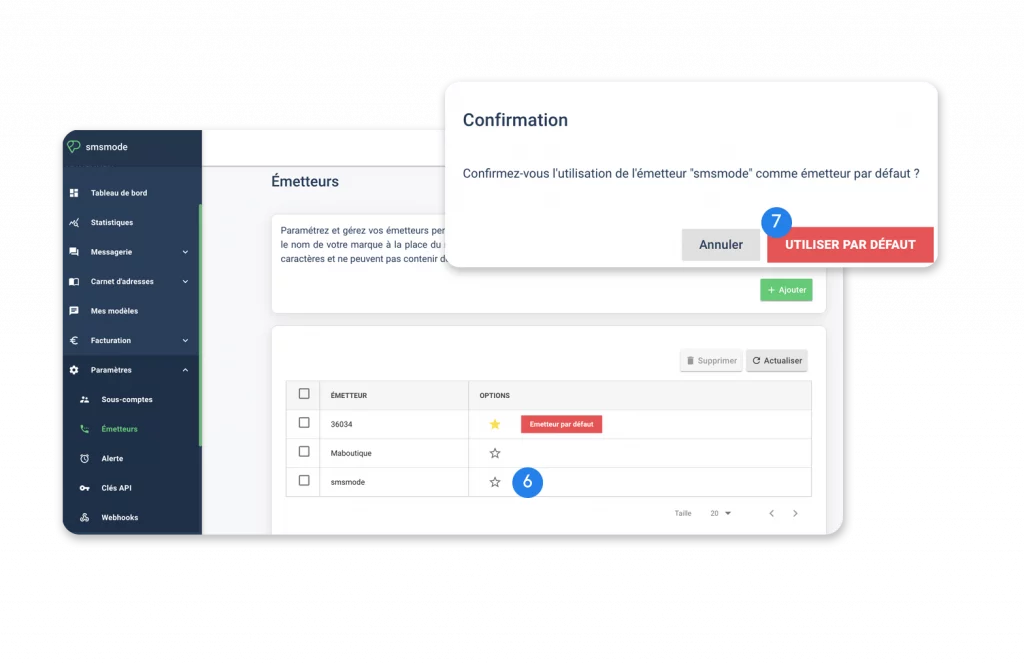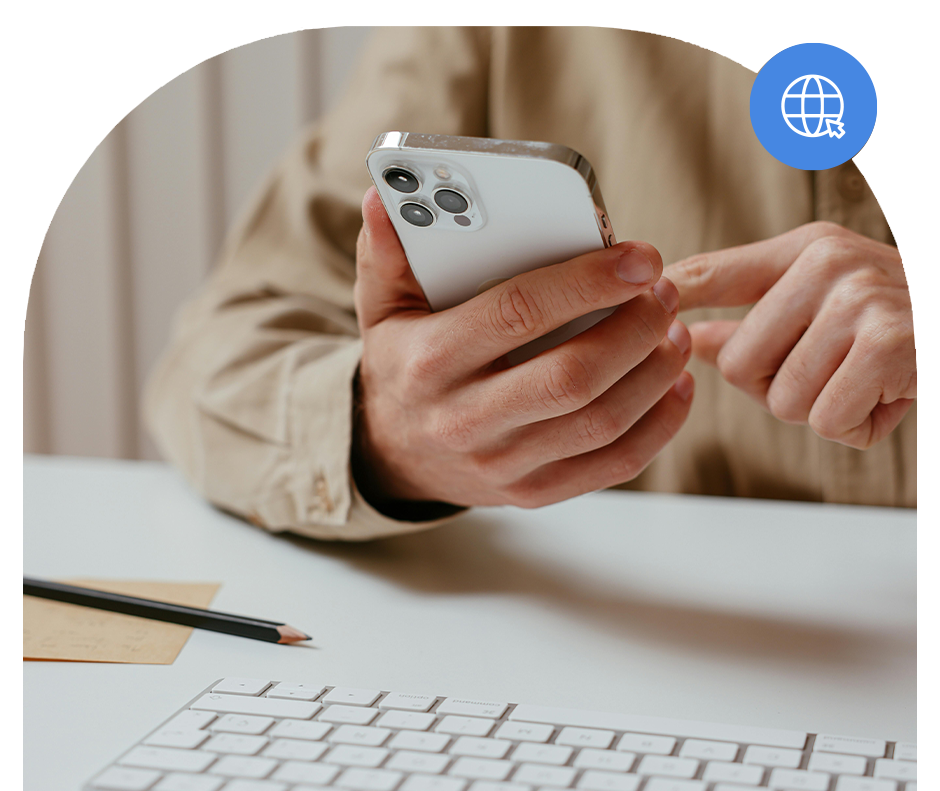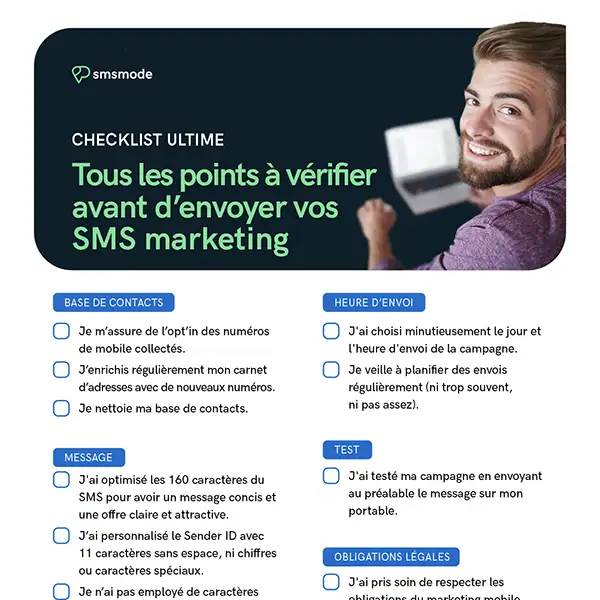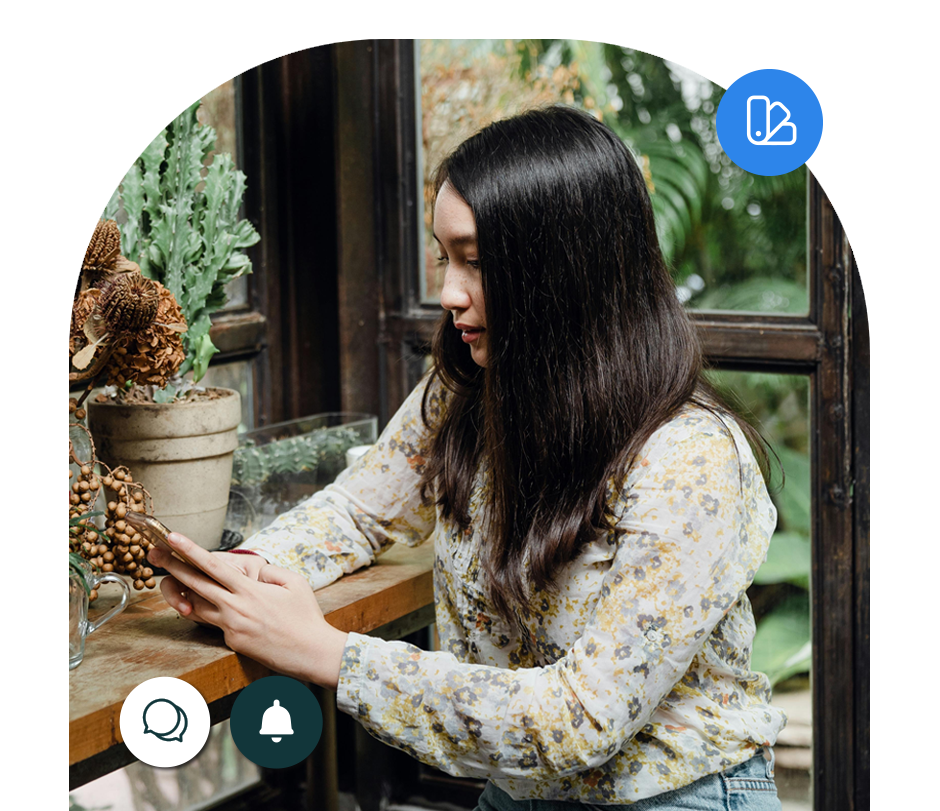Summer sales: send your communication by SMS at an unbeatable price

Christelle ARNAUD

Share :
Introduction
June 25, 2025 is a highly anticipated day for French consumers, as it heralds the start of the summer sales ! This is a busy shopping season, so it's the perfect time to communicate with your customers by SMS . smsmode© offers 4 quick and easy operations.
All the benefits of SMS communication
A message read at 95%
With a read rate of between 95% and 97%, you can be sure that your SMS pro will be read by your customer! In comparison, emailing has a read rate of just 25%.
Unparalleled efficiency
92% of SMS messages are read within 4 minutes of receipt. This makes SMS a simple, personal, direct and ultra-fast means of communication.
Low cost support
With its ultra-competitive rates, SMS is first and foremost the most economical digital medium on the market!
The right message to make your summer sale a success!
Invite to private sales
Mobilize your privileged customers and prospects by offering them exclusive deals before the sales period. You can play on the ephemeral aspect of the sale: offer reserved for the first registrants, lasting only a few days...
MyShop
Private sale in your boutique on Wednesday June 26 from 7.30pm: take advantage of -15% on a selection of items.
Take advantage of promotional offers
MyShop
Sales at your boutique. Up to 50% off on a wide selection of items! I'm off to your boutique and our website www.votreboutique.com
Inform your customers of different brands
Your customers don't always know when the sales start, or when the various markdowns are. Think about informing them a few days in advance by sending them a SMS reminder It's an excellent way to establish a regular link with your customers throughout this period.
MyShop
Summer sales: 2 days to go before the second markdown. Come and enjoy an extra 30% off on all our items!
Remember your opening hours
MyShop
Tips for optimizing your SMS campaigns
Our free white paper " SMS Advertising through 5 action sheets" will help you discover all the possibilities offered by SMS advertising for mobile prospecting.

Personalisation
Use your customers' data to personalize your SMS (first name, purchase history, etc.). A personalized message is twice as likely to convert.
Choose the right time to send
The best times to send SMS are between 12pm and 2pm or between 6pm and 8pm.
Include links and calls to action
Include links to your site or special offers to make it easier for your customers to take action.
MyShop
🎁 Exclusive offer: -10 € on your online order with code SOLDES10. Order now: www.votreboutique.com
Analyze performance
Use analysis tools to track the effectiveness of your campaigns (open rates, click-through rates, conversions).
By implementing these strategies and tips, you'll maximize the impact of your SMS campaigns during the summer sales. Don't hesitate to adapt these examples to your business sector and customer base for optimal results.
Try out our SMS platform and benefit from 20 free test credits, with no obligation.





